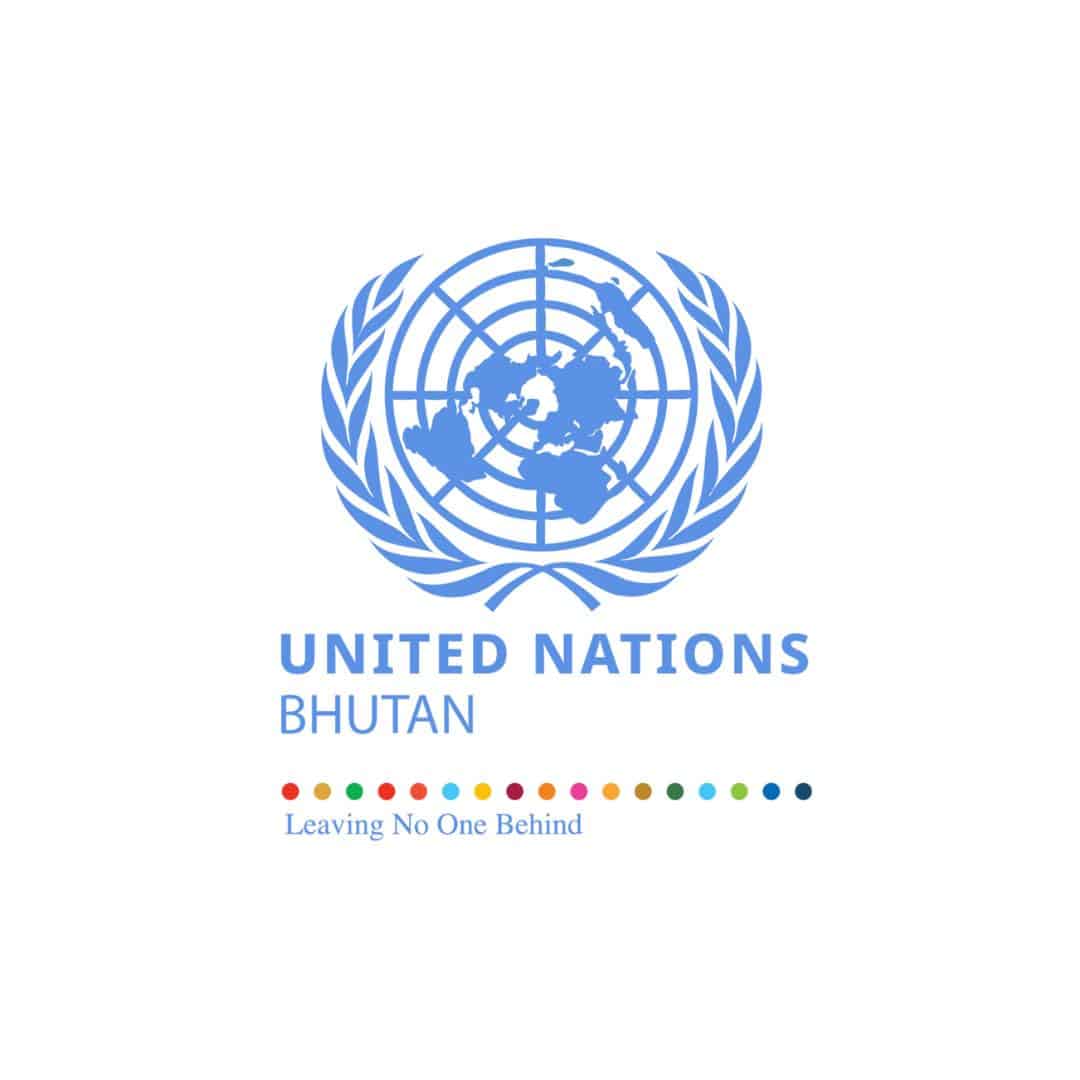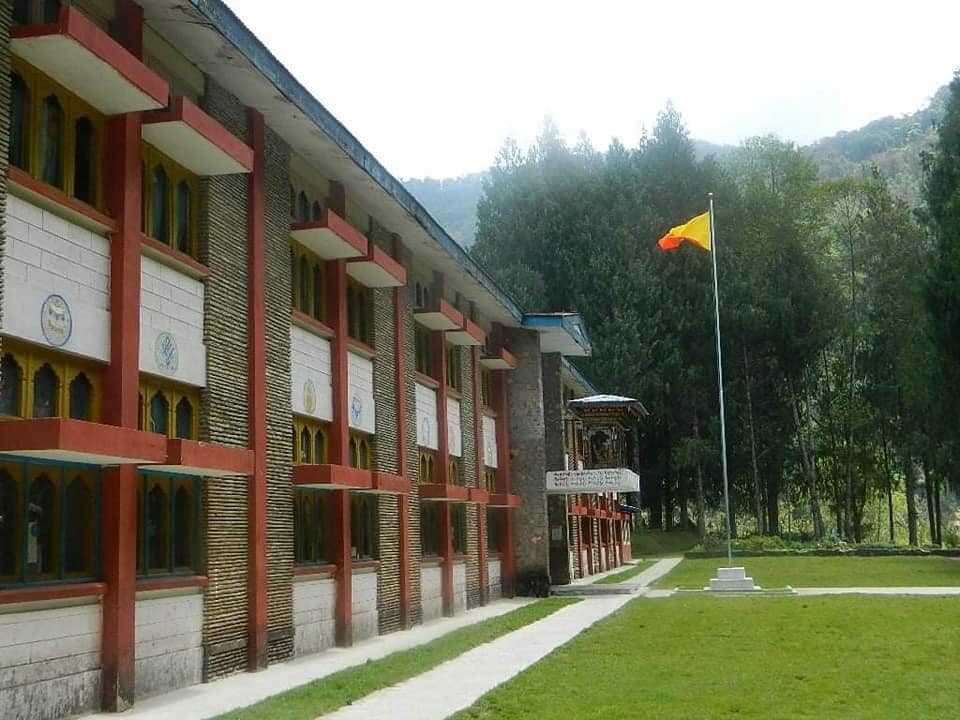As of December 31, 2021, almost 73% of the external debt was on account of debt contracted for financing hydropower developments in the country
Hydropower loans are mainly the ones bloating the country’s debt.
Hydropower loans account for 95.5% of the Indian National Rupee (INR) debt, and the INR-denominated debt accounts for 69.7% of the total external debt of Nu 154bn as of March this year.
The 12th Plan targets to lower the debt to GDP ratio to 61% from 115. One of the key result areas is maintaining the non-hydro debt at 15% of the GDP, well below the threshold of 35% prescribed in the public debt policy.
However, there is no mention of the commissioning of new hydropower projects.
The major portion of external debt is on account of hydropower projects which are deemed commercially viable, with a ready export market in India.
In addition, 91.2% of the hydro debt is denominated in the INR, which does not pose any exchange rate risks as Ngultrum is pegged at par with the INR.
The INR-denominated debt decreased by Rs 279mn, compared to the INR debt stock of Rs 155mn on December 31, 2021. The decrease was mainly due to loan repayment of MHPA in January 2022.
An official from the ministry of finance said debt servicing for hydropower loans from India starts only one year after the commissioning of the project, ensuring revenue inflow is in place when the debt servicing starts, thus mitigating the liquidity risk.
He added that the export tariff for electricity is set by taking into account the overall cost of the project, including the projected debt servicing cost. This implies that there would be revenue from the sale of electricity that would provide an adequate cushion for debt servicing.
As of December 31, 2021, almost 73% of the external debt was on account of debt contracted for financing hydropower developments in the country, and the major 91.2% of hydropower debt is denominated in the INR.
Meanwhile, the hydropower debt constituted 73% of total external debt and accounted for 85.7 % of the estimated GDP as of March this year. The hydro debt stock comprises the debt stock of six hydropower projects, namely MHPA, Puna-I, Puna-II, Nikachu, Dagachu, and Baoschu (upper and lower stage).
As of March this year, Punatshangchu Hydropower Project has an outstanding loan of Rs 49bn. The PHPA-II also accumulated a loan of Rs 52bn as of March this year. Both Punatshangchhu projects have seen huge cost escalation and faced a series of issues on the ground.
The Mangdechhu project has an outstanding loan of Rs 47bn and Tangsibji Hydro Energy Limited with 118 MW has Rs 3bn as of March this year.
According to the World Bank publication “Bhutan Development Update”, the size of hydropower projects relative to the size of the economy could negatively affect the country’s revenue and export should there be any further delays in hydropower construction.
It is estimated that a delay of one year could reduce the GDP growth by 3-4 percentage points.
Loans from the World Bank and Asian Development Bank alone constitute 13.7% of the convertible currency debt.
The external repayment is expected to increase significantly from the FY 2026/27 due to the start of the repayment for Puna-I and Kholongchu Hydropower loans. The repayment is projected to remain elevated from the FY2026/27 until the FY2036/37 as the repayments for all the mega hydropower projects would be ongoing then.
However, after the liquidation of the MHP in the FY2037/38 and the Puna-II in the FY 2038/39, the repayment is projected to drop considerably thereafter. Not only that, it will remain low and stable thereafter too.
Kinley Yonten from Thimphu















